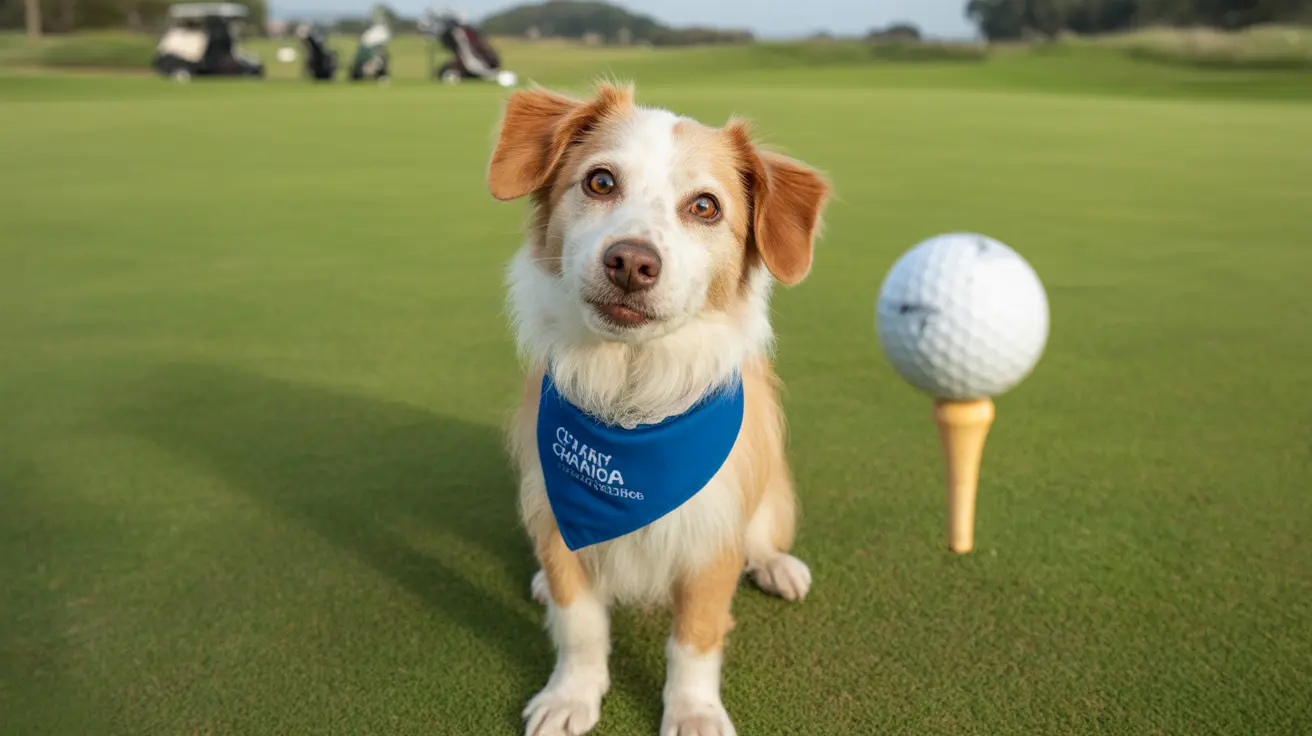Why You Should Never Feed Bacon to Your Dog
As loving pet owners, we often want to share our favorite foods with our canine companions. However, it’s crucial to understand that not all human foods are safe for dogs. Among meats, there's one in particular that consistently raises red flags among veterinarians and pet nutritionists — bacon.
Why Is Bacon Dangerous for Dogs?
Bacon may seem like a delicious treat for humans, but it poses several health risks for dogs. Here’s why:
- High Fat Content: Bacon is extremely fatty, and dogs are not well-equipped to digest large amounts of fat. This can overwhelm their digestive system.
- Risk of Pancreatitis: One of the most serious risks of feeding fatty meats like bacon is the development of pancreatitis — a painful and potentially fatal inflammation of the pancreas.
- High Sodium Levels: Bacon contains high levels of salt, which can lead to excessive thirst, dehydration, and even sodium ion poisoning in dogs.
- Preservatives and Additives: Many commercially produced bacons are cured with nitrites and other preservatives that are toxic to dogs over time.
What Happens If a Dog Eats Bacon?
Feeding your dog bacon, especially in significant quantities or on a regular basis, can lead to various health issues. Common symptoms include:
- Vomiting and diarrhea
- Abdominal pain or bloating
- Lethargy
- Loss of appetite
- Fever (in case of pancreatitis)
If you suspect your dog has consumed bacon and is showing any of these signs, it’s crucial to consult your veterinarian immediately.
The Risk of Pancreatitis Explained
Pancreatitis is one of the most serious side effects of feeding bacon to dogs. It occurs when the pancreas becomes inflamed, often due to a diet high in fat. Symptoms can range from mild discomfort to life-threatening complications. Some dogs may require hospitalization and IV fluids to recover. Chronic pancreatitis can also lead to long-term digestive issues.
Are Other Processed Meats Safe?
In addition to bacon, other processed meats like hot dogs, sausages, ham, and deli meats are also poor choices for dogs. These products often contain:
- Excess salt
- Added sugars
- Artificial flavorings
- Preservatives like nitrates
These ingredients contribute to obesity, kidney damage, and gastrointestinal distress in dogs.
Healthier Meat Alternatives for Dogs
While bacon is off the table, there are several safer meat options that can be part of a healthy canine diet. Always cook meat thoroughly and serve it without seasoning:
- Chicken: Boneless and skinless chicken breast is a lean protein source.
- Turkey: Plain, cooked turkey without skin or bones is safe for dogs.
- Beef: Lean ground beef cooked without seasoning can be a good protein option.
- Fish: Omega-3 rich fish like salmon are excellent protein sources if boneless and fully cooked.
How to Make Sure Your Dog Eats Safely
- Feed only veterinarian-approved meats.
- Avoid processed or fatty cuts.
- Remove skin, bones, and fat before cooking.
- Never add salt, garlic, onions, or seasoning.
- Introduce new proteins slowly to check for allergies or intolerance.
Conclusion
Our dogs depend on us to make safe, healthy choices for them. Although it may be tempting to toss them a strip of bacon, the risks far outweigh any momentary joy. By avoiding bacon and processed meats entirely, you can help ensure a longer, healthier life for your furry friend. Instead, opt for lean, plain meats like chicken, beef, or fish, and always consult your vet before introducing anything new into your dog’s diet.





